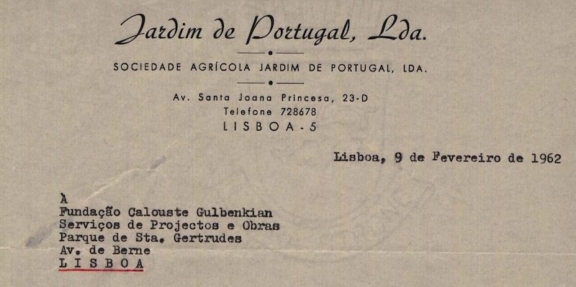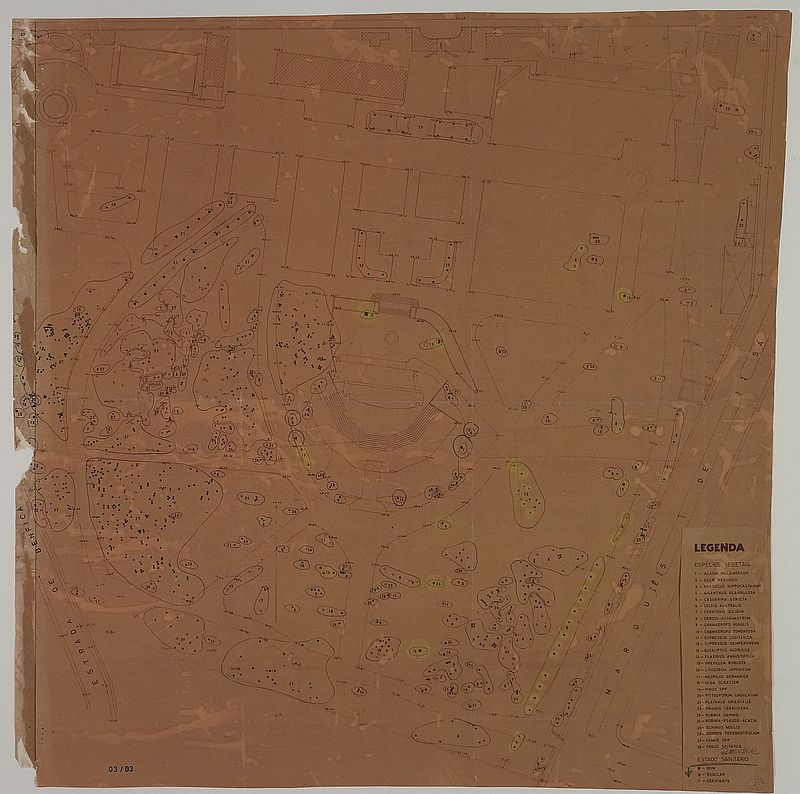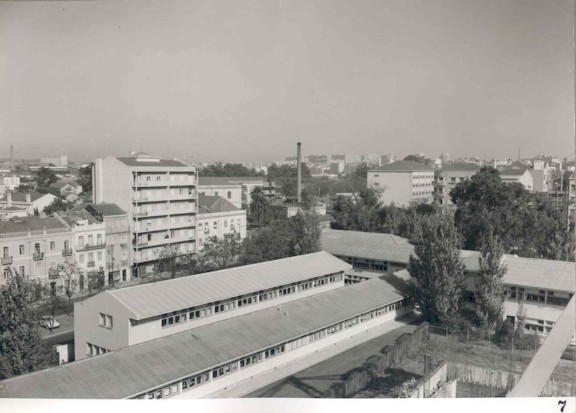
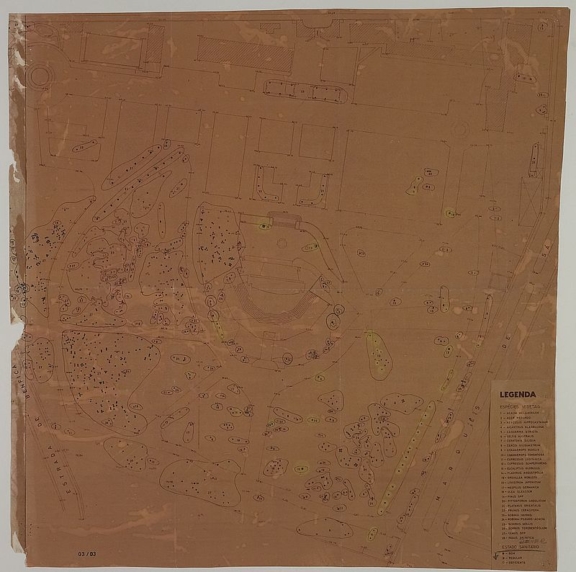
Tree survey and phytosanitary assessment
On March 12, 1958, the Scheme for the Execution of Initial Gardening Works atPalhavãPark, which had been requested from the engineers – agronomists and landscape architects Manuel Azevedo Coutinho and Gonçalo Ribeiro Telles –“marks the beginning of the work in the park of Palhavã and of the, still possible, recovery of many of its trees.” [i]
The report on this blueprint is the first qualitative assessment (see legend) of the existing tree cover (Jacob Weiss project) and proposes that it should be considered the pioneer of the afforestation of the new garden. Manuel Azevedo Coutinho said “that it extends throughout the park (except one part) that connects with Avenida de Berna”. The 1941 cyclone, which swept the country and the Popular Fair, undoubtedly contributed to the disappearance of the vegetation that existed in this part of the Park.
On March 17, Azeredo Perdigão gave his consent to this proposal, stating that the “garden staff should be made up of a permanent staff consisting of a garden master and two gardeners, with fixed monthly salaries; the remaining staff must be temporary and paid a weekly wage”.
The bases for setting up a gardening service and for the installation of nurseries were defined for the whole process of construction, maintenance, and conservation of the Garden of the Calouste Gulbenkian Foundation.
The approval of Azevedo Coutinho’s proposal triggered a hustle and bustle in the Palhavã Park, which is recorded in the archive of the Project and Works Department. Among the actions taken, we highlight one registered by Chartres de Azevedo, on July 14, whereby it is known that “the list of plants was given by Eng. Azevedo Coutinho, which can be planted in the present summer season. From the plants listed, some are to be allocated to the garden area of the frontier zone of the provisional installations and the rest to the small reserve nursery in construction to the north of the Park. (…) It is proposed that the plants on the list be purchased from the Arborization and Gardening Office of the Lisbon City Council, which has them in its nursery and can provide them at good quality and price. It is estimated that, in this way, the cost of this acquisition will not exceed 15,000 PTE”. Seventy-seven species of vivid herbaceous plants, annuals, shrubs, and deciduous and perennial trees are mentioned. On October 14, another 44 (trees and shrubs) were purchased.
This report, approved by Guimarães Lobato in March 1958, was a defining text of the planning lines for the tender for both the garden and the buildings. This approval demonstrates the recognition of the added value that the tree cover of Santa Gertrudes Park represented.
It also defined the basis for the precautionary measures articulated by Azevedo Coutinho and Gonçalo Ribeiro Telles, which preceded the beginning of the work.
[i] Highlights the acquisition of planting land, manures, fertilizers, and peat, as well as seeds for temporary lawns and plants for the gardens of the provisional installations. – Activity Report for November 1956 to June 1958.
- Production date: 1958
- Designers (main authors): COUTINHO, Azevedo
- Project phase: A preparação do parque e as instalações provisórias
- Identifier: PT FCG FCG:SCT-S006-DES01151
- Temporal coverage: 1958
- Type of data: Image
- Extension format: 1 desenho
- Media format: jpg
- Vegetation: Acacia melanoxylon | Australian Blackwood, Acer negundo | Boxelder, Aesculus hippocastanum | Horse Chestnut, Ailanthus altissima | Tree of heaven, Casuarina equisetifolia | Horsetail Tree, Celtis australis | Mediterranean Hackberry, Ceratonia siliqua | Carob Tree, Cercis siliquastrum | Judas Tree, Chamaerops humilis ‘Tomentosa’ | Dwarf Fan Palm, Chamaerops humilis ‘Tomentosa’ | Dwarf Fan Palm, Chamaerops humilis | Dwarf Fan Palm, Cupressus lusitanica | Mexican Cypress, Cupressus sempervirens | Italian Cypress, Eucalyptus globulus | Blue Gum, Fagus sylvatica | Common Beech, Fraxinus angustifolia | Narrow-leafed Ash, Grevillea robusta | Silky Oak, Ligustrum japonicum | Japanese privet, Mespilus germanica | Medlar, Olea europaea ssp. sylvestris | Wild Olive, Pinus sp. | Pine Tree, Pittosporum undulatum | Orange Berry, Platanus orientalis | Oriental Plane, Prunus cerasifera | Cherry Plum, Robinia pseudoacacia ‘Inermis’ | Mop Top Robinia, Robinia pseudoacacia ‘Inermis’ | Mop Top Robinia, Robinia pseudoacacia | False Acacia, Schinus molle | Pepper Tree, Schinus terebinthifolius | Brazilian Pepper Tree, Ulmus sp. | Elm
- Keywords: ecological value, exotic, inventory, limit, native vegetation, sketch, tree, tree cover
In order to consult the original version of this document you should contact the Gulbenkian Archives by e-mail [email protected] and refer the document´s ID
Related documents

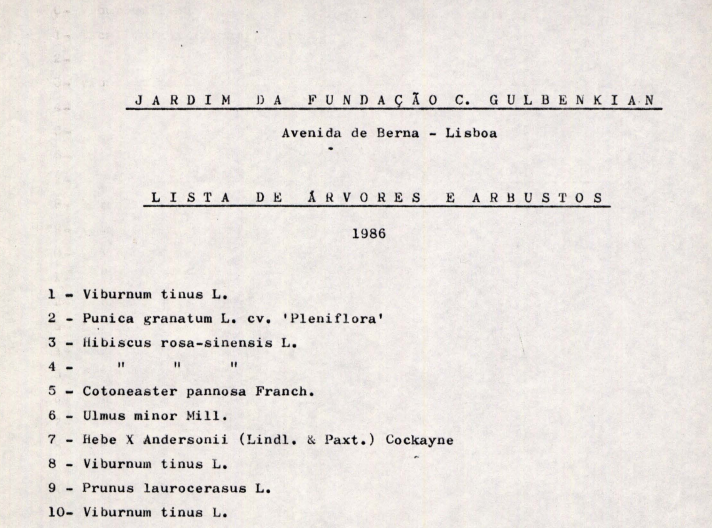
C. Gulbenkian Foundation Garden – Trees and bushes – Inventory
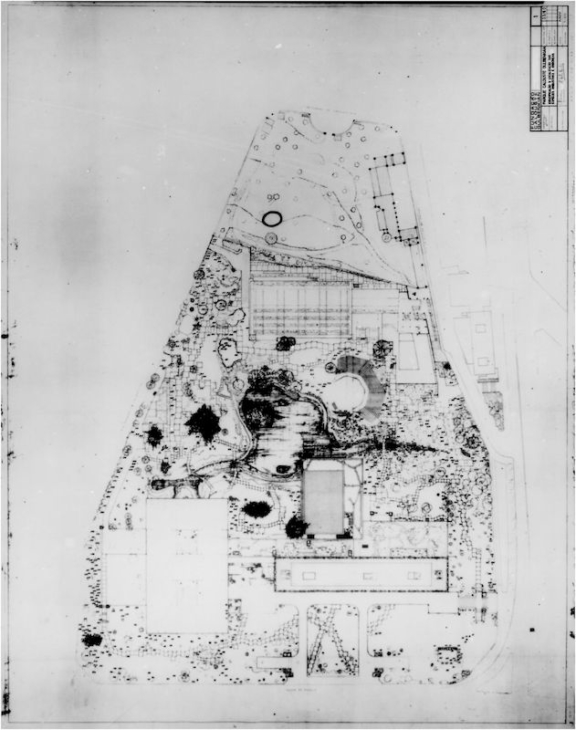
Identification and Location of Shrubs and Arboreal Species

Note – Acquisition of Plants for the Gardens of the Santa Gertrudes Park
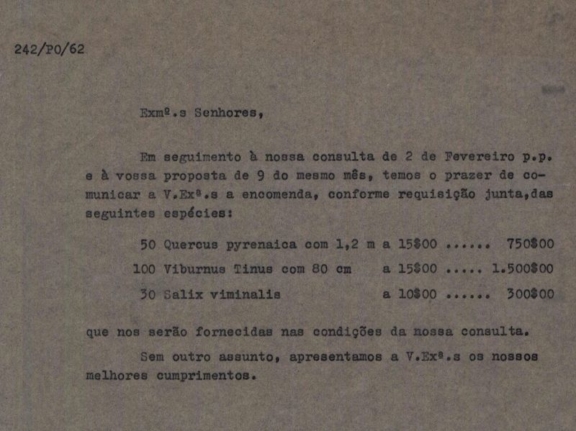
Ordering of plant specimens from the Jardim Primavera company
